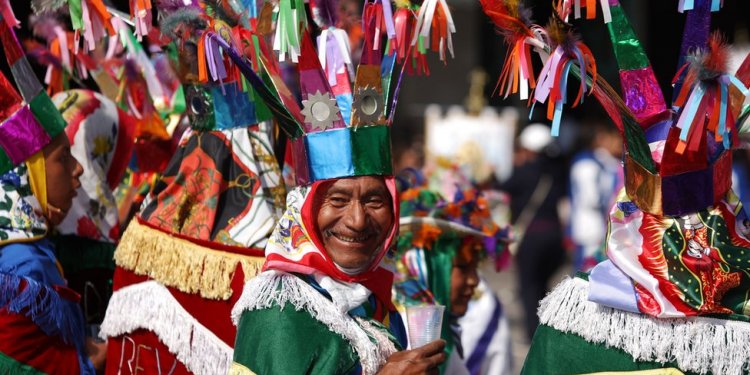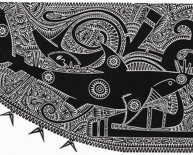
Indigenous customs
7.22 In this section, the ALRC focuses on the privacy of Indigenous groups. During the course of this Inquiry, a number of stakeholders expressed concerns about the privacy of Indigenous groups, rather than other identified racial, ethnic or cultural groups. Consequently, the ALRC has focused on the privacy of Indigenous groups. This in no way suggests that the OPC should refrain from developing and publishing guidance on the privacy rights of other racial, cultural or ethnic groups. Rather, it indicates that the views expressed by stakeholders in submissions and consultations were specifically directed to the privacy of Indigenous groups.
7.23 In previous Inquiries, the ALRC has noted concerns about the adequacy of legal protection for the cultural rights of Indigenous groups. Several stakeholders noted the particular interaction between Anglo-Australian laws and the traditional laws and customs of Indigenous groups
7.24 For example, under the traditional laws and customs of Indigenous groups certain information may be viewed or disclosed only to a defined category of people—such as the women of a particular Indigenous group. In addition, it is often contrary to the traditional laws and customs of Indigenous groups to broadcast the name or image of an Indigenous person who is deceased.
7.25 On one view, such laws and customs relate to information privacy rights because the information in question is intimately connected to the identity, dignity and autonomy of Indigenous people—individually, collectively or both. On another view, these rules more closely resemble intellectual property or cultural heritage laws. For example, Indigenous laws and customs may be expressed through music, dance, song, ceremonies, symbols and designs, narratives and poetry. Scientific, agricultural, technical and ecological knowledge, and knowledge related to and contained in items of moveable and immoveable cultural property, also form part of Indigenous laws and customs.

















